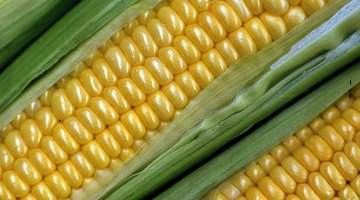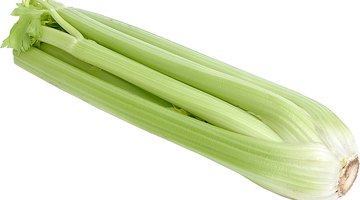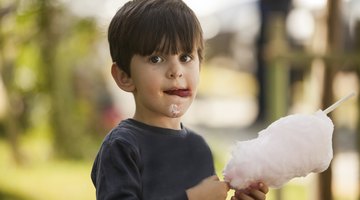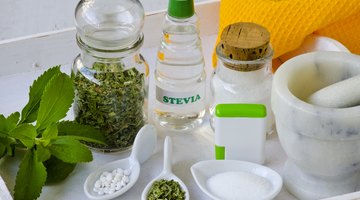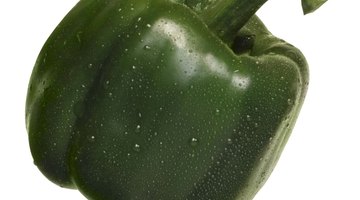Toddlers & Popsicle Safety
What's more fun for your little one on a hot summer day than a cold Popsicle? You may wince as the cherry juice drips down the side of his mouth as he licks and slurps and bites into the Popsicle, but at least, he's happy. You do worry, however, because your neighbor down the street had to take her daughter to the emergency room because she was choking on a Popsicle stick. Popsicle sticks can pose choking hazards, and the Popsicle itself is chock full of sugar, artificial colors and artificial flavors. You want to control the risks while letting your little one enjoy this summer classic.
Choking
We all know that all foods pose choking risks and toddlers should always be supervised while eating, but in addition to choking risks, Popsicles also have those pesky wooden sticks to consider. So if you don't want to pencil the Heimlich maneuver into your schedule, you may want to keep her stationary while eating. If she fell with the Popsicle stick in her mouth, the stick could damage her mouth or throat. Eliminate the worry and keep her seated. Consider bringing a little chair and table outside to enjoy the sunshine. Kick your feet up while you're at it -- and enjoy the Vitamin D.
Allergens and Artificial Colors
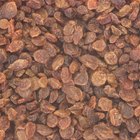
Are Raisins Safe for Toddlers?
Learn More
Some pediatricians recommend waiting to introduce potential allergens to babies, but parents of toddlers are likely to know which foods their children can and cannot handle. It is still wise to be aware of the potential allergens found in Popsicles. Strawberries, nuts, and milk are often used in Popsicle products. Read the labels carefully before choosing. Artificial colors are also a common ingredient in Popsicles. After a two-day hearing, the FDA found no link between artificial colors and increased behavior problems in the general population, but found that children with attention deficit hyperactivity disorder or other behavior issues may be negatively affected by artificial colors. If you're limiting your child's intake of artificial colors, read the ingredients list carefully.
Sugar
The USDA recommends that added sugar should not exceed 6 to 10 percent of a toddler's daily diet. Reducing added sugar leaves more room for nutritionally superior foods. If you are watching your child's sugar intake, it would be wise to read Popsicle labels carefully. Popsicles labeled "all natural" can still contain high fructose corn syrup. Popsicles labeled "sugar free" or "no sugar added" often contain artificial sweeteners. Take a minute to study the nutritional facts and ingredient list. Or, if you want to know exactly what is in your child's mouth, consider making homemade frozen ice pops.
Going Homemade
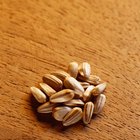
Sunflower Seed Consumption in Toddlers
Learn More
Careful study of nutrition labels will help you understand what you are feeding your child and has the added bonus of making you look like an extremely thorough consumer in the grocery store. There are healthier and tasty frozen fruit treats options on the market. Or get your homemaker on and consider making homemade ice pops. Purchase a reusable mold or simply use small paper cups and craft sticks. Include your toddler and let him go wild. He may be more likely to eat an ice pop of his own creation. Peanut butter, banana and strawberries? Why not? Puree whole fruits, or even a vegetable or two, and pour directly into the mold. Strawberries, peaches, blueberries and pineapple are delicious choices. Kale and spinach can be added to the puree and are almost tasteless with the fruit, though the green color may give you away. Adding a bit of plain yogurt can give the ice pop a creamier consistency. The options are limited to the contents of your kitchen. Maybe you can make yourself a salted caramel ice cream pop to enjoy after bedtime. Delicious.


